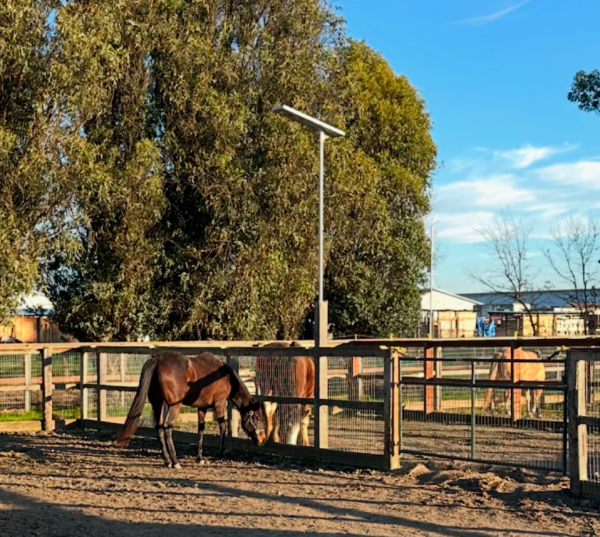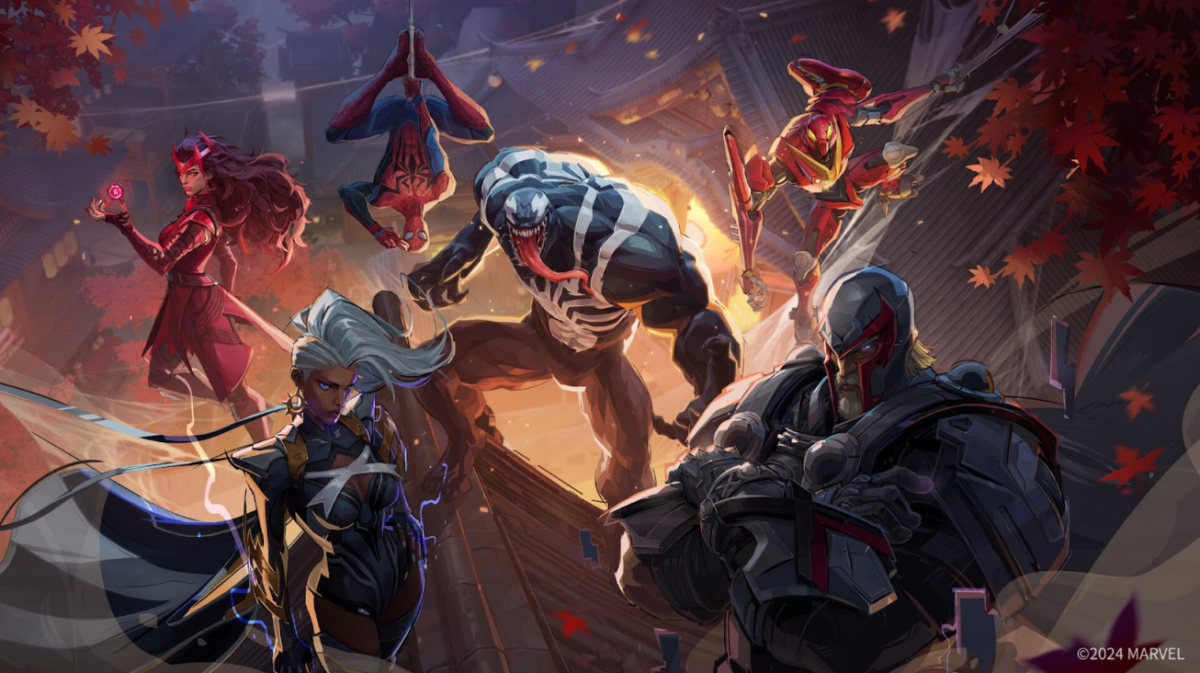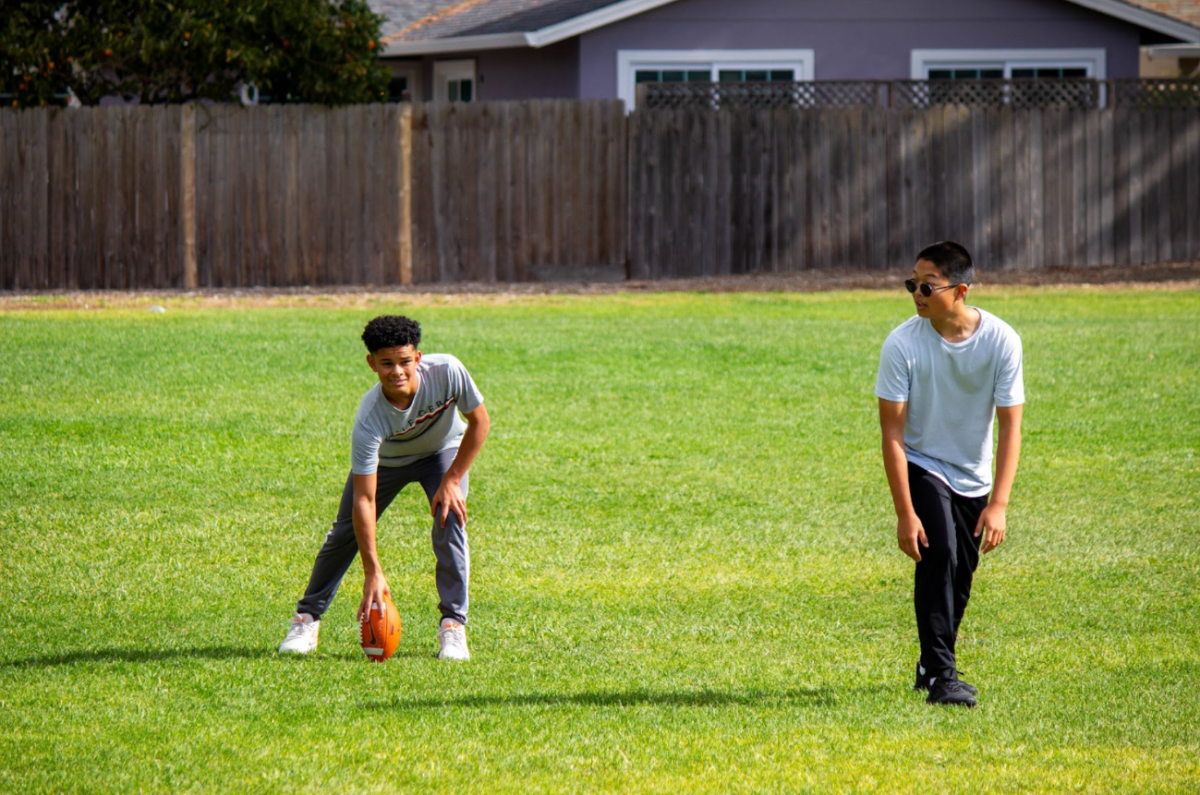While horseback riding may seem like just a hobby or a recreational activity from the outside, there is a lot more to it than what most people give it credit for. As someone who has been riding for almost eleven years, I have experienced how beneficial riding is to your mind and body. Not only do the skills you learn in the arena help you progress in the sport, but they also follow you throughout your everyday life.
Overall, riding is a great way to promote mental growth since it requires your brain to focus on multiple things at a time (people in the equestrian community like to joke about how riding is the art of balancing four hundred things at once—but it’s true!). Studies show that being in the saddle helps strengthen muscles and bones, and doing things such as memorizing riding patterns can improve cognitive functionality. Also, participating in group lessons can build a sense of community while caring for your horse—whether it be mucking stalls and feeding your horse or simply grooming your favorite lesson pony—fosters a sense of independence and responsibility. Not to mention that achieving milestones on a horse is greatly rewarding and can give you a huge boost of confidence!
As many important benefits humans get out of this incredible sport, it is also just as important for the horses you ride, too. Riding acts as exercise for your equine friend, and ensuring they and their environment are clean through grooming and mucking can reduce the risk of ailments. Horses are also very social animals and thrive best in a herd. Spending time with your horse can build their confidence in themselves, and you as your bond grows stronger.
Since spending time with horses has so many healing properties, many programs have been started and funded to help people with neurological and physical disabilities or people suffering from conditions such as PTSD through a process called hippotherapy. This is because it’s been proven that how a horse moves can help treat the side effects of disabilities, such as difficulty with speech, muscle and joint pains, and balance and coordination. There are several facilities in the area centered around hippotherapy, such as “Equi-Ed” in Santa Rosa, “Hooves for Healing” in Cotati, and “Giant Steps” in Petaluma. Horses are also known to be able to sense emotions—whether it be from another horse or a human—exceptionally well. Spending time with a calm horse is a great way for anxious or stressed people to regulate their emotions, and studies have shown that spending as short of time as fifteen minutes can significantly reduce stress levels.

Contrary to popular belief, horseback riding is actually a sport—Three-Day Eventing (a type of riding competition) is even a part of the Olympics. It is also one of the oldest sports in the world, dating back to ancient times. But what does it take for someone to be successful in the sport? Yes, you need a horse and have to know how to ride them, but there’s more complexity involved than most think.
For starters, many non-equestrian people refer to horseback riding as “just like riding a bike.” In reality, however, it’s not that simple. Horses are living, breathing, intelligent beings requiring more care and sensitivity than a hunk of metal with wheels. Just like people, they have their good and bad days, and it’s up to you, as their rider, to respect that. Also, they each have their own individual personalities, likes, dislikes, and preferences for activities. Learning what they are can help you get to know your horse better and, in turn, increase your connection with them. Don’t force your horse to jump if they obviously prefer to take laid-back trail rides instead. Acknowledging these aspects of your horse will allow the two of you to grow closer and form a more positive relationship. This is crucial no matter what discipline you and your horse specialize in.

Disciplines are the two main categories in which all equestrian sports are separated. The two major disciplines are English riding and Western riding, with each individual sport being sorted into subcategories beneath one of the two. Disciplines are determined by factors such as what equipment—or tack—(including saddles and bridles) is used, where the sport originated (i.e., Western riding originated in the Americas, whereas English riding has deep European roots), and what is expected of the horse and rider in competitions and training. Despite the differences between each discipline, however, one thing remains consistent across the board: the sport is built upon the bond formed between each horse and rider pair, and without it, you can’t go very far. Every aspect of competing and training relies on good communication between you and your horse and a strong understanding of each other’s strengths and weaknesses. This will help the two of you to improve and succeed both inside the show ring and out!

Every activity you can do with horses—from competing in shows to simply volunteering at your local barn—is built upon the unique give-and-take relationship between each horse and rider pair. Whether it be strengthening muscles after an injury, providing a calming presence for those who are struggling with anxiety or trauma, giving us a sense of responsibility and comradery, or teaching us valuable skills for inside and out of the saddle, horses give us a sense of confidence in ourselves that cannot be found elsewhere. In return, we take care of them, give them our companionship and, most importantly, share priceless moments with them that help the both of us to grow. Riding is not just a hobby but a symbiotic lifestyle that is highly rewarding and beneficial for both the horse and you.



























